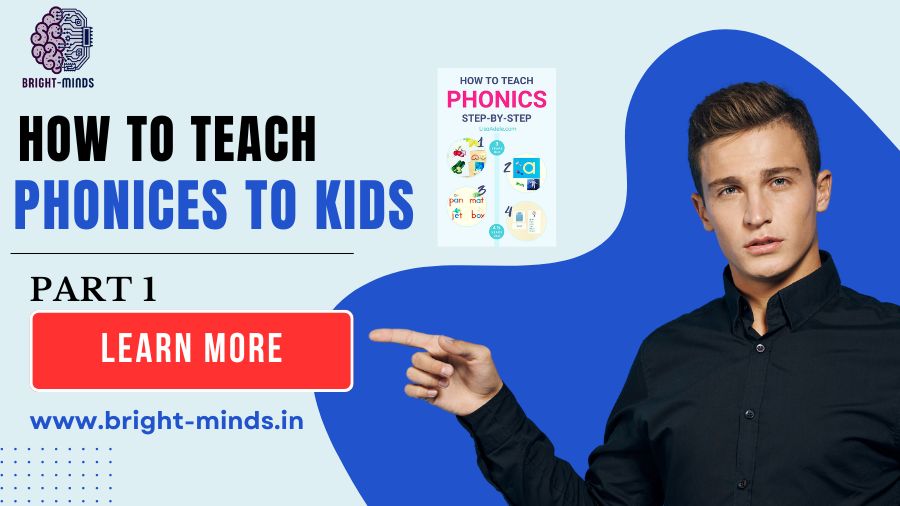How to Teach Phonics to Kids? Discover essential steps for successful Salesforce Sales Cloud implementation. Learn key strategies, best practices, and expert tips to optimize your sales.
Introduction
By teaching phonics effectively, parents and educators empower children to decode words, improve fluency, and build a strong foundation for lifelong learning. In this comprehensive guide, we explore practical strategies, activities, and resources to make phonics learning engaging and effective for kids.
How to Teach Phonics to Kids instruction involves teaching children the relationship between letters (graphemes) and sounds (phonemes) in spoken language. This systematic approach helps children recognize and blend sounds to decode words accurately, laying the groundwork for proficient reading and comprehension skills.
Understanding Phonics Basics
- Phonics Components: How to Teach Phonics to Kids instruction typically focuses on teaching letter-sound correspondences, phonemic awareness (the ability to hear, identify, and manipulate individual sounds in words), and phonological awareness (awareness of the sound structure of spoken words).
- Phonics Rules and Patterns: Children learn to recognize common phonics rules and patterns, such as consonant blends (e.g., “bl,” “br”), digraphs (e.g., “sh,” “ch”), vowel teams (e.g., “oa,” “ee”), and silent letters (e.g., “kn,” “wr”). Understanding these rules helps children decode and spell words accurately.
Effective Strategies for Teaching Phonics
- Multisensory Approaches: Engage children in multisensory activities that appeal to different learning styles. Use tactile materials like letter tiles, sandpaper letters, or magnetic letters to reinforce letter-sound relationships. Incorporate auditory exercises such as rhyming games, chants, and songs to enhance phonemic awareness.
- Systematic and Sequential Instruction: Follow a structured phonics program that introduces skills in a logical sequence, starting with basic letter recognition and progressing to more complex phonetic patterns. Break down lessons into manageable units, focusing on mastery before moving on to new concepts.
- Interactive Reading and Writing Activities: Encourage children to apply phonics skills in context through reading and writing activities. Provide leveled books that align with their phonics knowledge, allowing them to practice decoding skills independently. Prompt them to write sentences using words they can decode phonetically.
Tools and Resources for Phonics Learning
- Phonics Apps and Games: Explore interactive phonics apps and online games that make learning enjoyable. Apps like “Starfall,” “ABCmouse,” and “Reading Eggs” offer engaging activities, quizzes, and stories to reinforce phonics skills.
- Phonics Worksheets and Printables: Access free printable phonics worksheets, flashcards, and activities online. Customize materials based on children’s learning needs and progress, incorporating visual cues and color-coding to highlight phonetic patterns.
Supporting Phonics Learning at Home
- Create a Phonics-Rich Environment: Surround children with print-rich materials, including labeled objects, posters with letter-sound relationships, and alphabet charts. Encourage them to explore books and engage in daily read-aloud sessions to model fluent reading and expose them to diverse vocabulary.
- Partnering with Educators: Collaborate with teachers to reinforce phonics instruction at home. Communicate regularly about children’s progress, discuss strategies for supporting phonics learning, and seek recommendations for supplemental resources or activities.
Conclusion
Teaching phonics to kids is a transformative process that equips them with essential literacy skills for academic success and lifelong learning. By implementing systematic instruction, engaging activities, and leveraging supportive resources, parents and educators can nurture children’s phonics proficiency and foster a love for reading. Empower your child’s journey toward literacy by integrating phonics into everyday learning experiences and celebrating their achievements along the way.
you may be interested in this blog here:-

